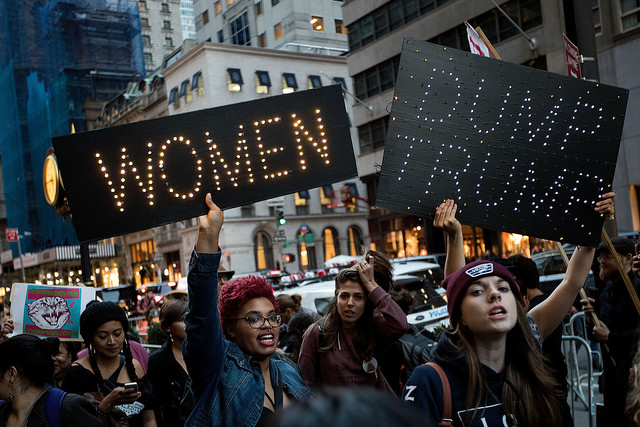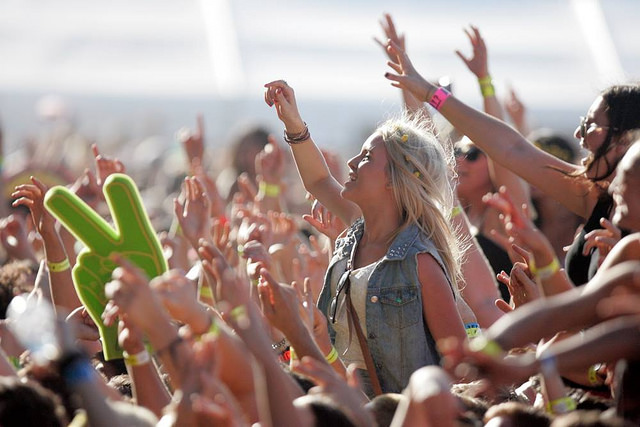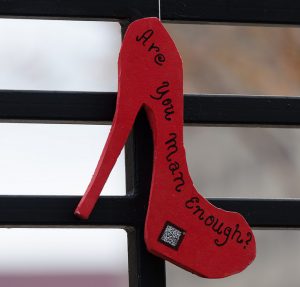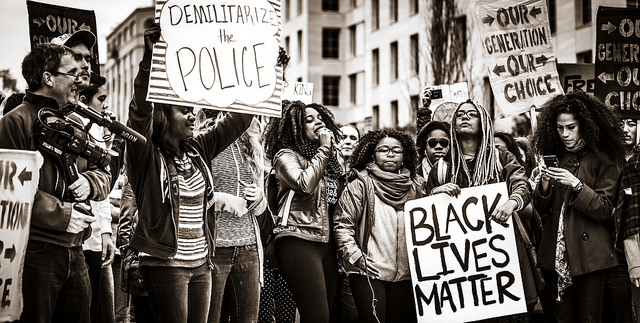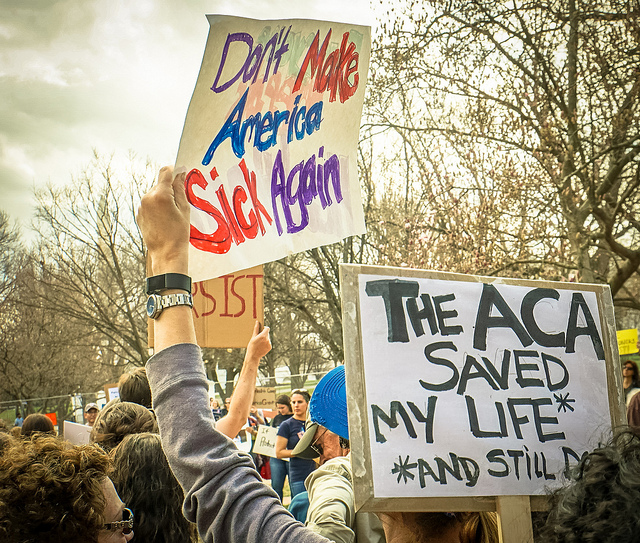
In light of the recent attacks in Manchester and Kabul, National Public Radio talked to sociologist Charles Kurzman about the ways Americans perceive the threat of terrorism. Kurzman addressed how Americans focus heavily on every terrorist attack and how we often pin this on Islam, but he explains that Islamic extremism is a rare phenomenon.
As described in his book The Missing Martyrs: Why There Are So Few Muslim Terrorists, Kurzman’s research shows that Americans’ perceptions of the dangers posed by radical Islam are vastly overstated; though we focus on it at great length, violent extremism is relatively rare. Furthermore, it is disingenuous to claim that Islam or Muslim faith is driving this phenomenon. In addition, as Kurzman describes, Americans overstate the likelihood of dying at the hands of violent extremism:
“Here in the United States, we have about 15,000 murders a year, and of those, a tiny proportion are from violent extremism. So when we focus just on that tiny proportion, even if we were to bring that down to zero, which we can unfortunately never count on doing, it’s not going to make a huge dent in the threat to public safety that we experience each year.”

